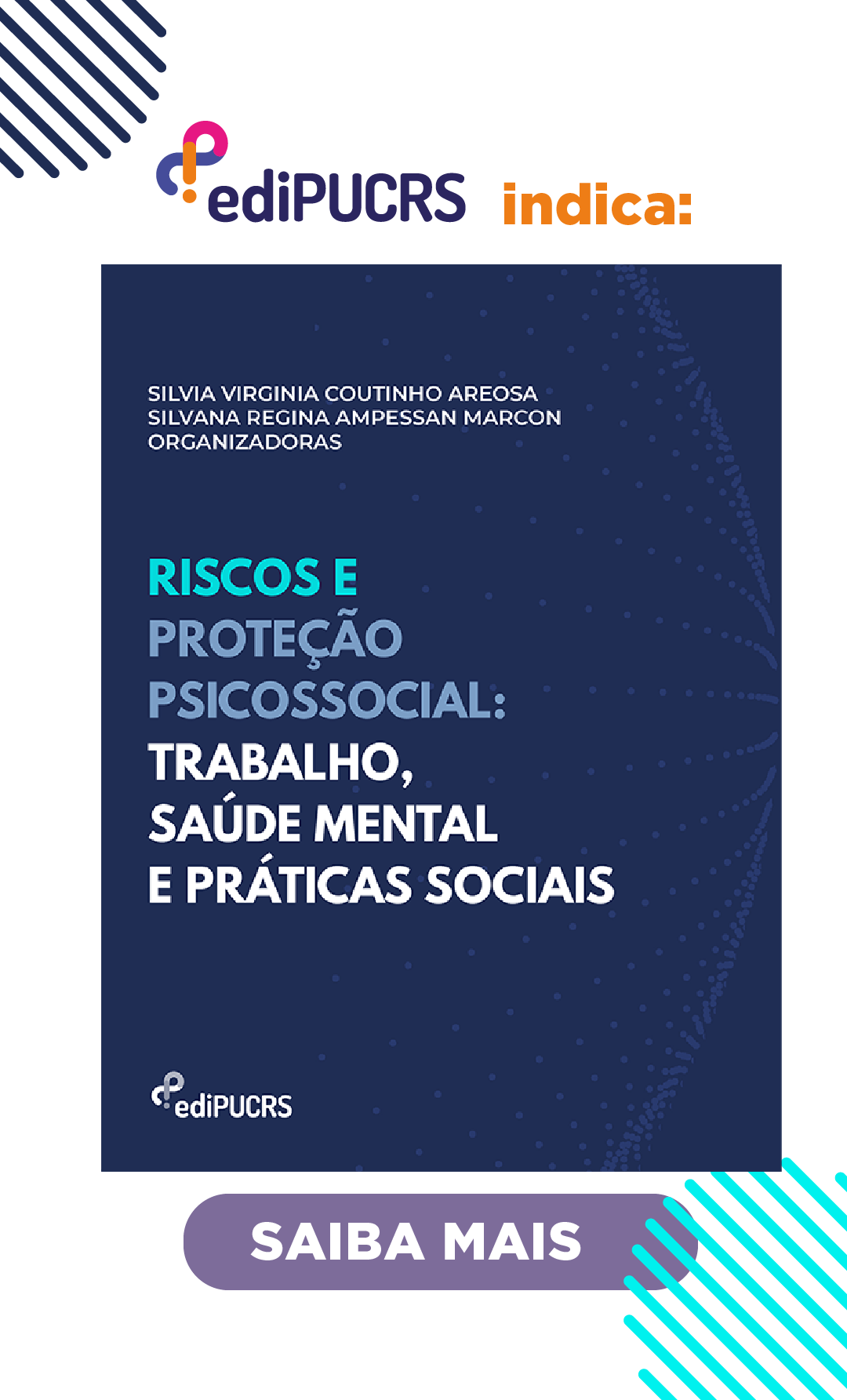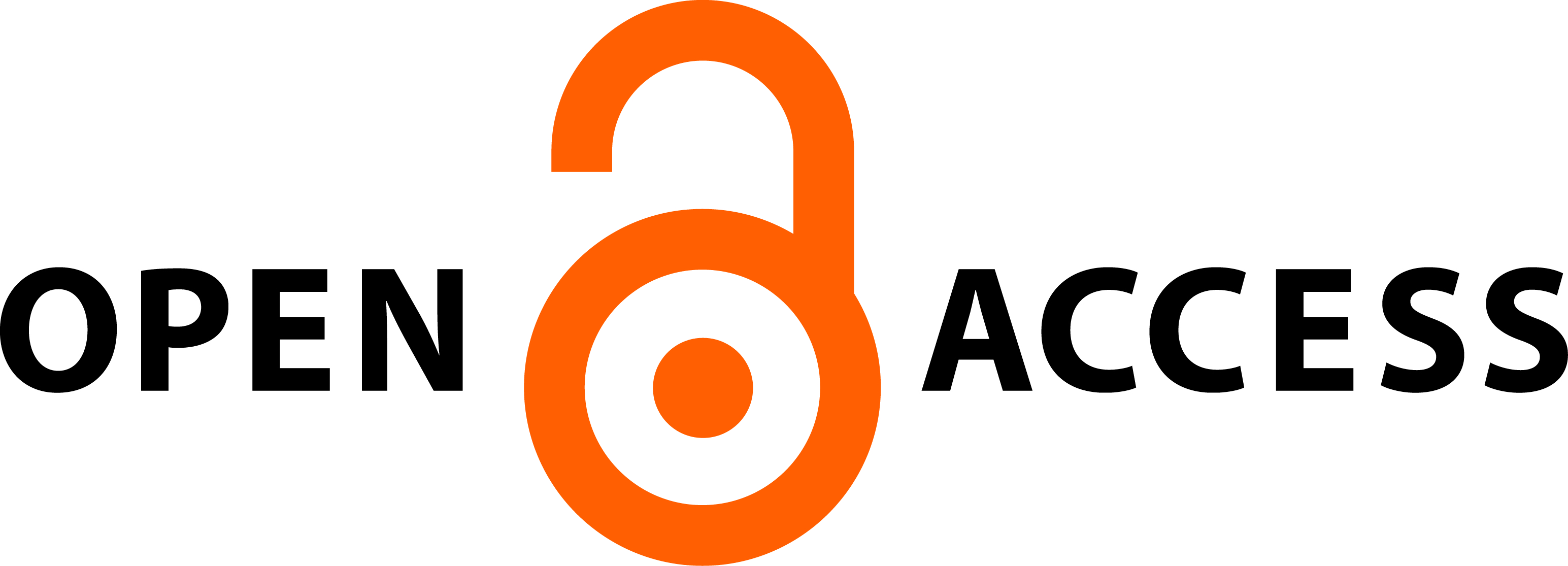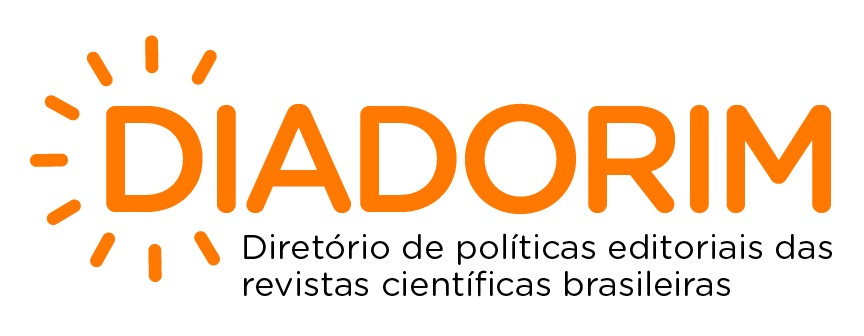The internet’s dark side
a literature review on antissocial online behaviour
DOI:
https://doi.org/10.15448/1980-8623.2024.1.39859Keywords:
antisocial behavior, internet, aggressiveness, social interaction.Abstract
The study aimed to conduct a systematic literature review on antisocial online behavior. The objective was also to categorize these behaviors and observe related psychosocial aspects. To this end, a qualitative synthesis was used, including quantitative studies published between 2016-2020 in the Scopus, PsycInfo, Pepsic, and Scielo databases. 25 studies fitted the analyzes. The results demonstrated the existence of four antisocial online behavior categories: cyberbullying, trolling, sexual antisocial behavior, and cyberstalking. The dark tetrad (narcissism, psychopathy, Machiavellianism, and sadism) was the most consistent predictor of these categories among studies. The research fulfilled the proposed purposes, filling two literature gaps: The lack of categorization of antisocial online behavior; and the scarcity of Brazilian studies on the topic.
Downloads
References
Álvarez-García, D., Núñez, J. C., García, T., & Barreiro-Collazo, A. (2018). Individual, family, and community predictors of cyber-aggression among adolescents. The European Journal of Psychology Applied to Legal Context, 10, 79-88. https://doi.org/10.5093/ejpalc2018a8
Block, J. J. (2008). Issues for DSM-V: Internet addiction. American Journal of Psychiatry, 165, 306-307.
Buckels, E. E., Trapnell, P. D., Andjelovic, T., & Paulhus, D. L. (2018). Internet trolling and everyday sadism: Parallel effects on pain perception and moral judgment. Journal of Personality, 87(2), 328-340. https://doi.org/10.1111/jopy.12393
Cappadocia, M. C., Craig, W. M., & Pepler, D. (2013). Cyberbullying. Prevalence, stability, and risk factors during adolescence. Canadian Journal of School Psychology, 28,171-192. https://doi.org/10.1177/0829573513491212
Carli, V., Hadlaczky, G., Hökby, S., Sarchiapone, M., & Wasserman, D. (2014). Suicide prevention by internet and media based mental health promotion (supreme). European Psychiatry, 29(1), 1. https://doi.org/10.1016/s0924-9338(14)78672-9
Chan, H. C. (Oliver), & Wong, D. S. W. (2016). Traditional School Bullying and Cyberbullying Perpetration. Youth & Society, 51(1), 1-27. https://doi.org/10.1177/0044118x16658053
Cheng, J., Danescu, C., & Leskovec, J. (2015). Antisocial Behavior in Online Discussion Communities. Proceedings of the Ninth International AAAI Conference on Web and Social Media, 61-70. Oxford: United Kingdom.
Craker, N., & March, E. (2016). The dark side of Facebook®: The Dark Tetrad, negative social potency, and trolling behaviours. Personality and Individual Differences, 102, 79-84. https://doi.org/10.1016/j.paid.2016.06.043
Dias, C., Oliveira-Monteiro, N., & Aznar-Farias, M. (2014). Comportamentos antissociais e delitivos em adolescentes. Aletheia, 45, 101-113.
Duncan, Z., & March, E. (2019). Using Tinder® to start a fire: Predicting antisocial use of Tinder® with gender and the Dark Tetrad. Personality and Individual Differences, 145, 9-14. https://doi.org/10.1016/j.paid.2019.03.014
Ferreira, T., & Deslandes, S. (2018). Cyberbullying: concepts, dynamics, characters and health implications. Ciência & Saúde Coletiva, 23(10), 3369-3379. https://dx.doi.org/10.1590/1413-812320182310.13482018
Flexon, J. L., Meldrum, R. C., Young, J. T. N., & Lehmann, P. S. (2016). Low self-control and the Dark Triad: Disentangling the predictive power of personality traits on young adult substance use, offending and victimization. Journal of Criminal Justice, 46, 159-169. https://doi.org/10.1016/j.jcrimjus.2016.05.006
Foulkes, L., Viding, E., McCrory, E., & Neumann, C. (2014). Social Reward Questionnaire (SRQ): Development and validation. Frontiers in Psychology, 5. https://doi.org/10.3389/fpsyg.2014.00201
Hood, M., & Duffy, A. L. (2018). Understanding the relationship between cyber-victimization and cyber-bullying on Social Network Sites: The role of moderating factors. Personality and Individual Differences, 133, 103-108. https://doi.org/10.1016/j.paid.2017.04.004
Kircaburun, K., Jonason, P. K., & Griffiths, M. D. (2018). The Dark Tetrad traits and problematic social media use: The mediating role of cyberbullying and cyberstalking. Personality and Individual Differences, 135, 264-269. https://doi.org/10.1016/j.paid.2018.07.034
Kowalski, R. M., Giumetti, G. W., Schroeder, A. N., & Lattanner, M.R. (2014). Bullying in the digital age: A critical review and meta-analysis of cyberbullying research among youth. Psychological Bulletin, 140, 1073-1137. http://dx.doi.org/10.1037/a0035618
Kurek, A., Jose, P., & Stuart, J. (2019). ‘I did it for the LULZ’: How the dark personality predicts online disinhibition and aggressive online behavior in adolescence. Computers in Human Behavior, 98, 31-40. https://doi.org/10.1016/j.chb.2019.03.027
Lilienfeld, S. O., Latzman, R. D., Watts, A. L., Smith, S. F., Dutton, K., Walton, K. E., & John, S. (2014). Correlates of psychopathic personality traits in everyday life: Results from a large community survey. Frontiers in Psychology, 5, 1-11. http://dx.doi.org/10.3389/fpsyg.2014.00740
Liobikienė, G., & Bernatonienė, J. (2018). The determinants of access to information on the Internet and knowledge of health related topics in European countries. Health Policy, 122(12), 1348-1355. https://doi.org/10.1016/j.healthpol.2018.09.019
Lyons, M. (2019). The Dark Triad and Forensic Implications: Antagonistic, Aggressive, and Criminal Behaviors. In Lyons, M., The Dark Triad of Personality (pp. 61-80). Academic Press.
https://doi.org/10.1016/b978-0-12-814291-2.00003-6
March, E. (2019). Psychopathy, sadism, empathy, and the motivation to cause harm: New evidence confirms malevolent nature of the Internet Troll. Personality and Individual Differences, 141, 133-137. https://doi.org/10.1016/j.paid.2019.01.001
Medeiros, E., Sá, E., Monteiro, R., Santos, W., & Gusmão, E. (2017). Valores humanos, comportamentos antissociais e delitivos: evidências de um modelo explicativo. Pesquisas e Práticas Psicossociais, 12(1), 147-163.
Melioli, T., Sirou, J., Rodgers, R. F., & Chabrol, H. (2015). Étude du profil des personnes victimes d'intimidation réelle et d’intimidation sur Internet [Study of the profile of victims of real and Internet intimidation]. Neuropsychiatrie de l’Enfance et de l’Adolescence, 63, 30-35. http://dx.doi.org/10.1016/j.neurenf.2014.07.007
Moor, L., & Anderson, J. R. (2019). A systematic literature review of the relationship between dark personality traits and antisocial online behaviours. Personality and Individual Differences, 144, 40-55. https://doi.org/10.1016/j.paid.2019.02.027
Nickisch, A., Palazova, M., & Ziegler, M. (2020). Dark personalities – dark relationships? An investigation of the relation between the Dark Tetrad and attachment styles. Personality and Individual Differences, 167, 110227. https://doi.org/10.1016/j.paid.2020.110227
Przybylski, A. K., Murayama, K., DeHaan, C. R., & Gladwell, V. (2013). Motivational, emotional, and behavioral correlates of fear of missing out. Computers in Human Behavior, 29(4), 1841-1848. https://doi.org/10.1016/j.chb.2013.02.014
Santos, I., & Mariano, T. Somos todos Psicopatas? Considerações acerca da Tríade Sombria da Personalidade. VirtualBooks Editora.
Smoker, M., & March, E. (2017). Predicting perpetration of intimate partner cyberstalking: Gender and the Dark Tetrad. Computers in Human Behavior, 72, 390-396.
Yogarajah, A., Kenter, R., Lamo, Y., Kaldo, V., & Nordgreen, T. (2020). Internet-delivered mental health treatment systems in Scandinavia – A usability evaluation. Internet Interventions, 20, 100314. https://doi.org/10.1016/j.invent.2020.100314
Downloads
Published
How to Cite
Issue
Section
License
Copyright (c) 2024 Psico

This work is licensed under a Creative Commons Attribution 4.0 International License.
Copyright
The submission of originals to Psico implies the transfer by the authors of the right for publication. Authors retain copyright and grant the journal right of first publication. If the authors wish to include the same data into another publication, they must cite Psico as the site of original publication.
Creative Commons License
Except where otherwise specified, material published in this journal is licensed under a Creative Commons Attribution 4.0 International license, which allows unrestricted use, distribution and reproduction in any medium, provided the original publication is correctly cited.





